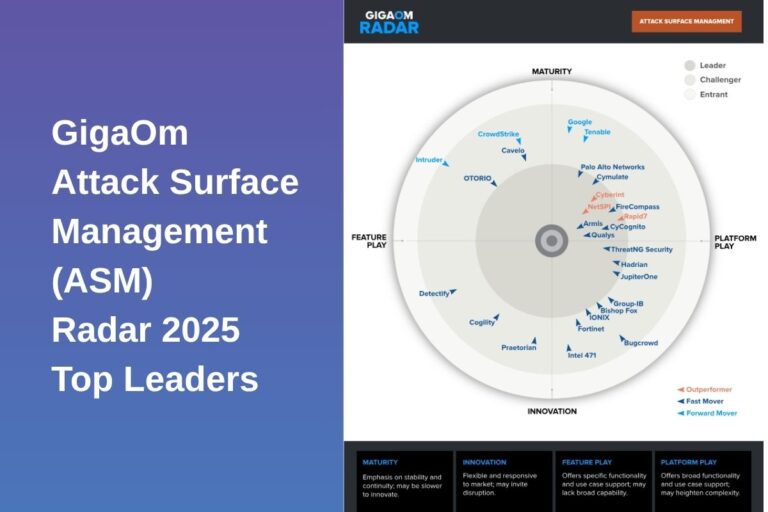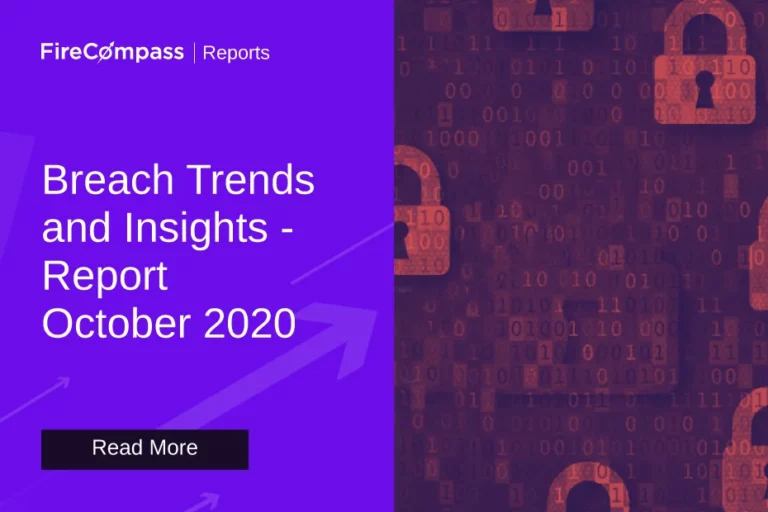Organizations across all Financial Services firms are dealing with the effects of shadow IT, whether they realize it or not. Shadow IT is technology that is adopted and deployed by business units without the knowledge or consent of corporate IT teams.
The motivations behind the adoption of shadow IT are typically well-intentioned. For financial services firms, the risks of shadow IT are amplified due to the value of the data their organizations possess, and the strict regulatory standards with which they must comply. As the shadow IT adoption continues to grow, financial services firms have to be aware of the risks associated with it, as well as ways to mitigate its risks without impacting network performance.
Data Loss and Inconsistent Data
Two of the primary risks associated with shadow IT
- Data loss
- The proliferation of outdated data
When creating a strong cybersecurity program, it is important to know what data you have, and where that data is stored. Shadow IT can make it difficult to determine where data is being stored. This makes it impossible to ensure that this data is being secured in accordance with organizational and industry standards. Additionally, not only do IT teams not know what data is being stored in these separate applications, the data that is there may not be updated as frequently as data stored in corporate databases.
Compliance:
The lack of security features in many Shadow IT applications put financial services firms at risk for being out of compliance with the many regulatory standards governing the industry. As IT teams add controls to their data processing and storage practices to account for regulations, shadow IT undermines these efforts. Data stored in insecure applications without encryption are at a higher risk of being hacked, with potentially huge consequences.
Final Thoughts:
Shadow IT continues to pose a serious risk to enterprises and has proven difficult to control. For financial service Organisations, this unmanaged IT could have major consequences for security, compliance, and operations.











